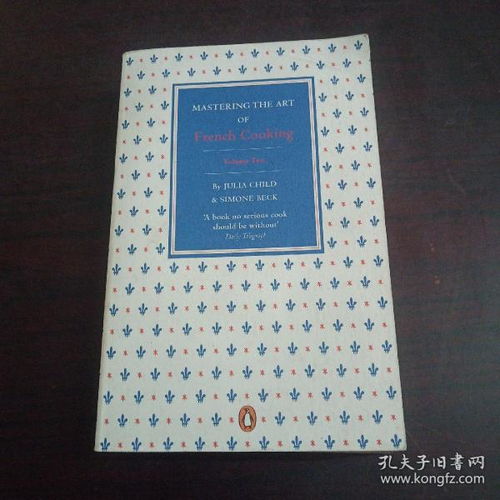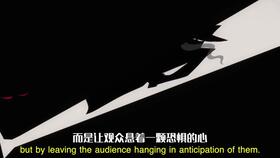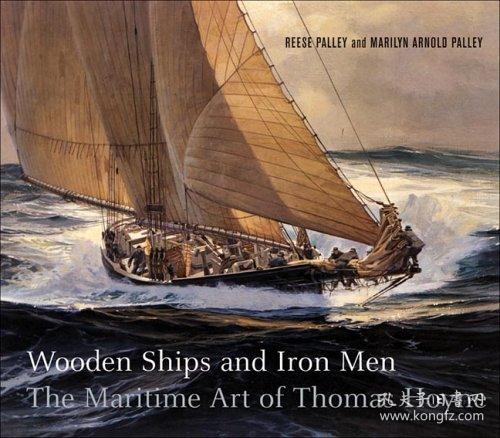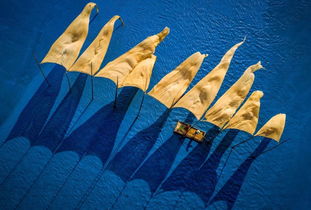Introduction:
Fishing is an ancient and timeless pastime that offers relaxation, tranquility, and a sense of accomplishment. While traditionally associated with men, more and more women are discovering the joys of angling. Whether you're a beginner or looking to improve your fishing skills, this comprehensive guide will provide you with essential tips and a step-by-step diagram to help you master the art of fishing.
Choosing the Right Gear:
Before you cast your line into the water, it's crucial to have the right equipment. Here's a breakdown of the essential gear you'll need:
- Rod and Reel: Select a rod and reel that match your fishing style and the type of fish you're targeting. For beginners, a spinning rod and reel combination is often recommended.
- Line: Choose a line that's appropriate for the fish you're after. Monofilament, fluorocarbon, and braided lines are popular choices.
- Hooks: Different fish require different sizes and types of hooks. Make sure to have a variety of sizes and styles on hand.
- Lures and Baits: Depending on your fishing preferences, you may want to use live bait, artificial lures, or both.
- Tackle Box: A tackle box is a must-have for storing all your fishing essentials, including hooks, sinkers, swivels, and pliers.
The Basics of Casting:
Casting is a fundamental skill that will help you present your bait or lure to the fish effectively. Here's a step-by-step guide to mastering the casting technique:
- Load the Reel: Make sure your reel is properly loaded with line, and your rod is in good working order.
- Grip the Rod: Hold the rod with a comfortable grip, with your thumb resting on the reel's spool.
- Back-Cast: Bring the rod back over your head in a smooth, continuous motion. As you do, begin to wind the reel to pay out line.
- Stop and Set: When the rod reaches the desired height, stop winding and hold the rod at that angle.
- Forward-Cast: Begin winding the reel again, and as the line straightens out, release the rod forward with a smooth, continuous motion.
- Adjust and Repeat: Continue practicing until you can cast with accuracy and consistency.
Choosing Your Spot:
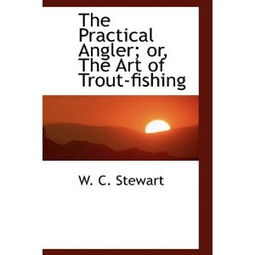
The best spot to fish depends on the type of fish you're targeting and the environment you're in. Here are some tips for finding a good fishing spot:
- Research: Learn about the fish you want to catch and their preferred habitats. This will help you identify the best spots to fish.
- Look for Structure: Fish often congregate around structures like rocks, logs, and bridge pilings.
- Check the Weather: Fish are more active on overcast days, and during early morning or evening hours.
- Observe Other Anglers: If you see other anglers catching fish, approach them and ask for advice.
Baiting Your Hook:
Once you've cast your line, it's time to bait your hook. Here's how to do it:
- Choose Your Bait: Decide whether you'll be using live bait, artificial lures, or a combination of both.
- Attach the Bait: If using live bait, such as worms or minnows, thread the hook through the bait to secure it. For artificial lures, simply attach them to the hook as instructed.
- Check the Hook Set: Ensure the hook is properly set and the bait is securely attached.
Patience and Persistence:
Fishing is a patient sport. It's important to remain calm and persistent, as it can take time to catch a fish. Here are some tips to help you stay focused:
- Take Breaks: If you're feeling frustrated or tired, take a break to relax and clear your mind.
- Stay Hydrated: Keep a water bottle nearby to stay hydrated, especially on hot days.
- Practice: The more you fish, the better you'll become. Keep practicing your casting, baiting, and other skills.
Conclusion:
Fishing is a rewarding activity that can be enjoyed by women of all ages and skill levels. By following this guide and practicing the steps outlined, you'll be well on your way to becoming a skilled angler. Remember to have fun, respect the environment, and always follow local fishing regulations. Happy fishing!



